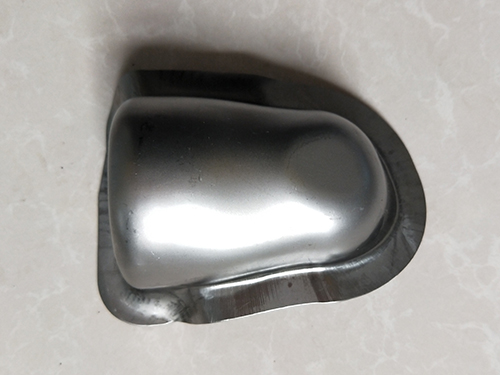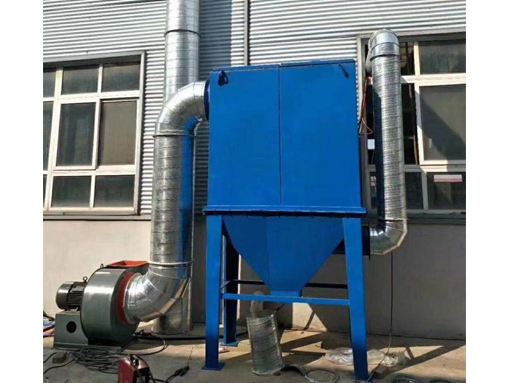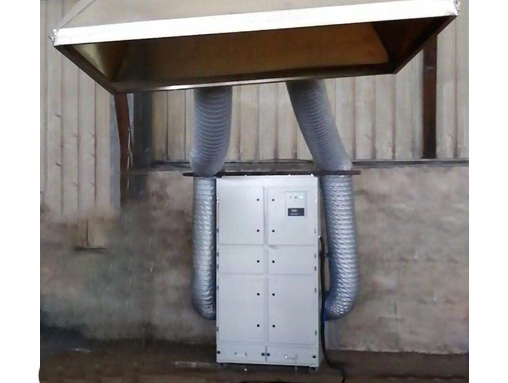Characteristics and Working Principles of Automotive Braking Systems in China
1、 China's automotive industry
The automotive industry in our country is still in its early stages of development. The key to the development of the automotive industry is to transform from a manufacturing powerhouse to a manufacturing powerhouse. We not only have to face major tasks such as improving independent innovation capabilities, accelerating industrial restructuring, and enhancing the foundation of the automotive parts industry, but also face severe challenges in external development environments such as energy, transportation, and environmental protection. Therefore, recognizing the situation and characteristics faced by the industry is crucial for the sustainable and healthy development of China's automotive industry.
With China's accession to the World Trade Organization, economic development, and the expansion of the domestic market, automobile groups have all entered into investment cooperation in China. China's automobile industry has become a multi industry for multinational corporations to enter, and competition from multinational groups has begun to shift towards China. The launch cycle of new products is becoming shorter and shorter, almost synchronized with the market; The sustained growth of China's national economy, the vast territory and uneven regional economic development, as well as the current low level of car ownership per thousand people, determine that China's automobile consumption demand will continue to be strong and the market potential will be enormous; The diversified capital structure of state-owned, private, and foreign-funded industries in China's automotive industry will have a significant impact on its development. On the one hand, capital diversification is beneficial for investing in the automotive industry and promoting its development, while on the other hand, it represents an increased level of competition among different capital interests; On the one hand, there are significant differences in the demand for automotive products in China's unbalanced regional economic development. On the other hand, China's dual economic structure leads to significant differences in demand between urban and rural markets. In addition, China will still be in a relatively long period of construction and development, and the commercial vehicle market will occupy a considerable proportion for a considerable period of time; China is facing a shortage of oil resources and a high degree of dependence on foreign countries. In addition, the late start of the automotive industry will have a significant impact on the development of the automotive industry due to the high cost of automotive oil resources. The rise in labor costs is inevitable. China's industrial development is gradually entering a high cost era, which is the fundamental strategic background change facing China's industrial development. The automotive industry has made long-term strategic choices based on this change. With the increasing public attention to environmental protection, enterprises have to increase their investment in environmental protection. In recent years, policies and regulations on energy conservation and emission reduction for automotive products have been successively introduced, and the requirements will become stricter in the future. The increasingly strict emission standards and regulations will accelerate the development of new products for automobile companies, and also have a significant impact on them.
2、 Definition of Automotive Braking System
1) Automotive braking system: a set of devices that can generate and control the braking force of a vehicle.
2) Braking force of a car: The force generated by the driver's manipulation and controlled by the driver to decelerate the car at a certain intensity.
3) External forces that can slow down a car: External forces that can slow down a car include rolling resistance, uphill resistance, air resistance, etc., all of which have the effect of slowing down a car, but not braking force.
3、 Types of Automotive Braking Systems
1) Classified by function: service brake system, parking brake system, braking system, auxiliary braking system, etc.
2) Classified by braking energy transmission: mechanical, hydraulic, pneumatic, electromagnetic, combination, etc.
3) Classified by the number of circuits: single circuit braking system, dual circuit braking system.
4) Classified by energy: manual braking system, power braking system, servo braking system.
4、 Working principle of automobile braking system
Apply a torque on the wheels of a car that is opposite to the direction or trend of the car's movement, and create resistance on the road surface that impedes the rotation of the wheels and the movement of the car. Utilize the mutual friction between the fixed components connected to the vehicle body (or frame) and the rotating components connected to the wheels (or transmission shaft) to resist the rotation or tendency of the wheels. Fix a metal brake drum with an inner circular surface as the working surface on the wheel hub and rotate together with the wheel. On the fixed brake base plate, there are two support pins that support the lower ends of two independent brake shoes. The outer surface of the brake shoe is equipped with friction plates. The brake base plate is also equipped with hydraulic brake wheel cylinders, which are connected to the hydraulic brake master cylinder installed on the frame through oil pipes. The piston in the master cylinder can be driven by the driver through the car pedal bracket; Institutions come to manipulate.
In the process of economic development, China's automobile industry needs to further integrate into the world, choose the right development strategy, take active measures, create a win-win situation for both Chinese and foreign investment, and effectively achieve the sustainable development of China's automobile industry. Firstly, we must adhere to the development strategy of strengthening independent innovation and enhancing the competitiveness of the automotive industry; Secondly, we must adhere to the path of sustainable development, coordinate the development of the automotive industry with the social economy, develop energy-saving and new energy vehicle technologies, and strengthen the research and application of automotive technology; Thirdly, establish a support system for automotive parts to enhance the comprehensive level and competitiveness of the parts industry; The fourth is to build an independent public technology platform; The fifth is to strengthen the cultivation and attraction of talents to enhance independent innovation capabilities. The sixth is to enhance business awareness, actively participate in cooperation and competition, accelerate the transformation of automobile enterprises through the transformation of automobile products, and gradually gain competitiveness.







